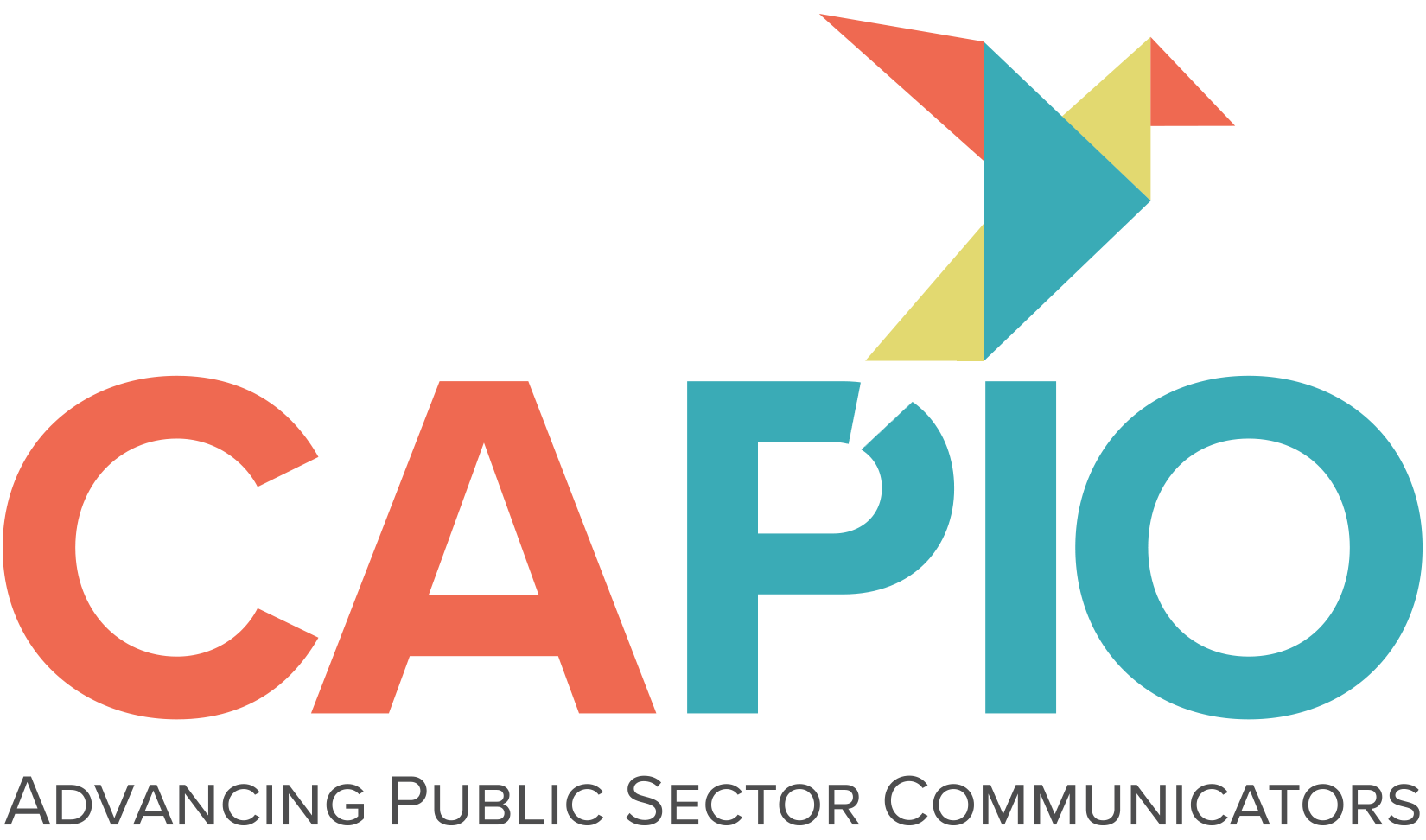Mastering Task and Project Management in the Realm of Communications
In the fast-paced world of communications, the ability to manage tasks and projects efficiently is paramount. From crafting compelling press releases to orchestrating complex marketing campaigns, professionals in this field wear multiple hats and navigate a multitude of responsibilities. A robust task and project management approach is essential to thrive in such an environment. This article will explore strategies and tools that streamline these processes and ensure success.
A solid task management framework forms the bedrock of organizational success. One approach that resonates well in the communications landscape is the “Getting Things Done” (GTD) method. This method, popularized by David Allen, encourages breaking down tasks into actionable steps and prioritizing them. Another effective strategy is the Kanban system, which visualizes tasks using boards, columns, and cards, allowing teams to track progress at a glance. Finding the right framework is crucial, and what works may vary from person to person.
In the world of communications, projects come in various shapes and sizes. From launching a new brand campaign to managing crisis communication, the diversity of tasks can be overwhelming. Clear objectives, well-defined timelines, and seamless team collaboration are non-negotiable to navigate these complexities. By setting SMART (Specific, Measurable, Achievable, Relevant, Time-bound) goals, teams ensure everyone is on the same page and working towards a unified vision.
Embracing technology is no longer a choice but a necessity in modern communications. OneNote, Microsoft’s digital note-taking app, emerges as a valuable resource. Its flexibility allows teams to create shared notebooks for project details, meeting notes, and brainstorming sessions. Accessing and updating notes from any device fosters collaboration and eliminates the risk of information silos. Project management systems like Wrike also provide an organized platform to plan, track, and manage projects. Its intuitive interface and customizable workflows make it an indispensable tool for seamless project execution.
Consider a scenario where a PR team is coordinating a product launch. Using OneNote, they compile media lists, key messaging, and press materials in a shared notebook. This ensures that every team member has access to the latest information. Meanwhile, Wrike serves as the backbone for project tracking. Tasks are assigned, deadlines are set, and progress is monitored in real-time. This transparency keeps everyone accountable and facilitates quick adjustments in case of unforeseen challenges.
While standardized approaches provide a strong foundation, adaptability is the key to long-term success. Communication teams come in all sizes, each with its unique dynamics. A small in-house team might opt for a simplified task management approach, while a larger agency could benefit from a comprehensive project management system. Regular feedback loops ensure that strategies are fine-tuned according to evolving needs.
In the dynamic world of communications, mastering task and project management is a journey, not a destination. By leveraging frameworks like GTD and tools like OneNote and Wrike, professionals can create a roadmap to success. Remember that no single approach fits all; aligning strategies with your team’s dynamics and needs is key. The goal is efficient task completion and a harmonious workflow that fosters creativity, collaboration, and outstanding results. So, take the first step in transforming your work process, and watch as your communications endeavors reach new heights.

